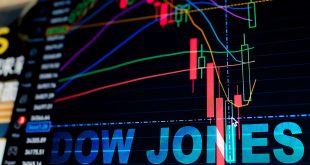Britain’s economy grew 0.3% between April and June 2025, slower than the 0.7% expansion in Q1 but above the 0.1% forecast by the Bank of England and economists, despite the impact of U.S. trade tariffs and a weaker labor market.
- GDP Performance:
- April: -0.1% (smaller decline than initially reported)
- May: slight decline
- June: +0.4% growth across services, industry, and construction
Sterling strengthened slightly against the dollar following the data. Economists attributed the resilience mainly to:
- Higher public spending
- Businesses increasing inventory ahead of U.S. tariff hikes
Areas of Concern:
- Business investment fell by 4% from Q1
- Household spending growth remained weak, signaling cautious consumer behavior
- Potential pressure for higher taxes in the Autumn Budget to meet fiscal targets
Thomas Pugh, economist at RSM UK, noted: “Continued consumer caution, weaker global demand, and tax increases all continue to drag.”
Housing Market & Business Concerns:
- Royal Institution of Chartered Surveyors cited higher taxes as a factor weighing on housing
- Confederation of British Industry (CBI) urged against burdening businesses with additional tax hikes
- Policy uncertainty ahead of the Autumn Budget could risk slowing growth further
Growth in Global Context:
- UK’s Q1 growth was the fastest in the G7
- Q2 growth placed Britain joint-second with France among major economies
- Year-on-year GDP: +1.2% overall, +0.7% per capita
Government Response:
Finance Minister Rachel Reeves emphasized plans for:
- Infrastructure investment
- Easing restrictions on construction
- Raising the minimum wage
Opposition & Business Reactions:
- Conservative Party warned that further tax hikes could reduce living standards
- Businesses have scaled back hiring, particularly lower-paid and part-time roles, due to higher social security contributions and minimum wage increases effective from April
Takeaway:
While Britain’s economy has been more resilient than expected, weak consumer spending, high borrowing costs, and potential tax hikes remain key risks to sustaining growth in the second half of 2025.
 Noor Trends News, Technical Analysis, Educational Tools and Recommendations
Noor Trends News, Technical Analysis, Educational Tools and Recommendations





